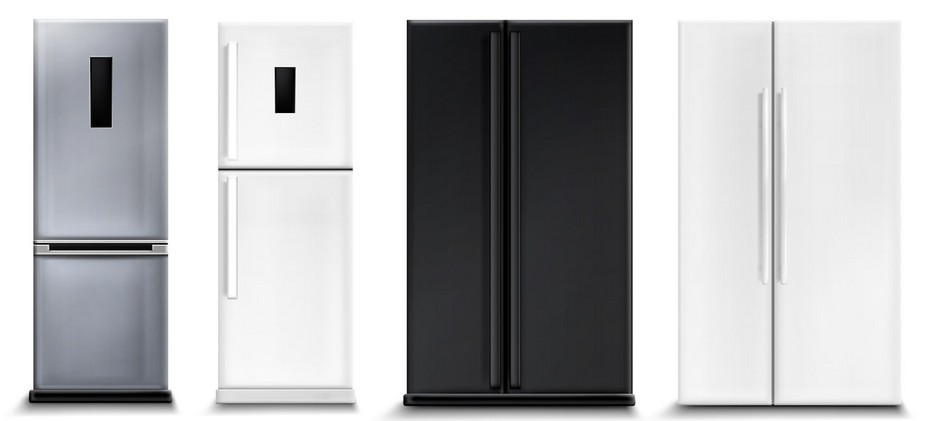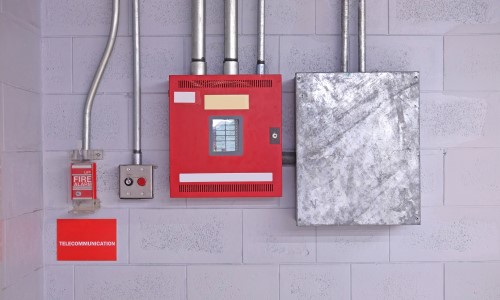Before you purchase a new refrigerator, it’s important to know what makes them different. We’ll discuss the different parts, the design, power failure, and the various types of refrigerants. There are many ways to save money on your new refrigerator by avoiding the top features that don’t really add up. Also, we’ll discuss how to identify common problems with refrigerators. Buying a new refrigerator is a big investment and you should know what to look for.
Components
Refrigerators have a few internal components which carry out the actual work of refrigeration. Some are located at the back of the refrigerator while others are inside the main compartment. All of these parts are interconnected by the refrigerant, which flows through the entire unit. In the evaporator, it carries out the cooling effect while the condenser discharges heat into the atmosphere. These parts then recirculate through the entire unit in a circular process.
Modern refrigerators are made from copper or aluminum tubing, which increases the efficiency of the system and the ability to transfer heat. Plastic components are used to reduce weight. The interior fixture is almost entirely made of plastic, with most plastics vacuum-formed. The smaller parts are usually per-formed or blanks that are assembled. Refrigerators are often recycled after their manufacturing process. It is important to remember that recycling these units is vital to avoid airborne pollutants, so they should be kept out of a landfill.
Design
Designers have reshaped the design of refrigerators over the years. They have used the EMP Directive, the Energy-related Products (ErP)directive, to provide guidance on the overall Eco-design of refrigerators. It presents 11 environmental factors and analyses them, including electricity consumption, the raw materials used in manufacturing, and standby/off criteria. The EMP also provides a solution to three major problems. Read on to find out more.
In the past, consumers had to choose between counter/cabinet and full-depth models. Their depth and space requirements determined their choice. The capacity of refrigerators can be limited by their capacity and design. Also, some models have onboard water and ice, which reduce their overall capacity. Besides, they require a plumbing connection, which may reduce their capacity. But all these features are worth it in the long run! But remember that the most important factor is energy efficiency, and the design of a refrigerator is just as important as its performance.
Power Failure
If you can’t wait to eat your dinner until the power returns, be sure to keep the refrigerator and freezer doors closed during a power failure. Foods in the refrigerator or freezer can be contaminated with bacteria and become unsafe to eat. Common food-borne illnesses include diarrhea, fever, vomiting, and stomach cramps. In order to avoid spoiled food, keep the refrigerator and freezer doors closed and use an appliance thermometer to check the temperature of the items. If the power fails only temporarily, food will still be safe.
In a power outage, a full refrigerator will keep food cold for six hours or less, while a half-full freezer will maintain food at an acceptable temperature for 48 hours. This is the recommended time frame to avoid contaminated food. While it may be difficult to maintain a temperature of 38 degrees for 48 hours, food should remain safe if you follow these precautions. During a power failure, make sure you set the freezer to a lower temperature if possible.
Refrigerant
What is refrigerant? It’s a chemical substance used to cool things, like food, to temperatures below the ambient temperature. In the process, energy is taken from a low-temperature reservoir and transferred to a high-temperature one. Refrigeration is one example of artificial cooling. Here’s how it works: Energy in the form of heat is removed from the low-temperature reservoir, and transferred to a high-temperature reservoir.
Refrigerants used in refrigerators are composed of chlorine and fluorine. This mixture of chemicals was discovered to be dangerous for the atmosphere in the 1970s and is currently banned. These chemicals react with sunlight and cause the greenhouse effect and are extremely dangerous. Toxic gases like chlorine and fluorine have been used in refrigerators for a very long time. They also have been linked to respiratory problems and can cause cancer.
Appearance
Refrigerator appearance is crucial to a consumer’s choice of the refrigerator. While many models feature a recessed door, the front of a freestanding fridge has more of an open appearance than other styles. To avoid an open look, the front of the refrigerator should have an angled door that swings outward. Using a surround or filler will help the appliance look more built-in. While choosing a model, pay close attention to the manufacturer’s venting requirements and angle requirements.
The appearance of a refrigerator can impact the room’s decor. A poorly chosen refrigerator may clash with other appliances, creating an untidy look. To avoid a cluttered look, choose a color that complements nearby appliances. A retro-style refrigerator with bold colors will stand out as a statement in space and be a conversation piece. To enhance the overall look of the room, choose a refrigerator that is distinctive in design.



